Tenjinzai and Kunitsuzumi - Amatsutsumi and Kunitsuzumi
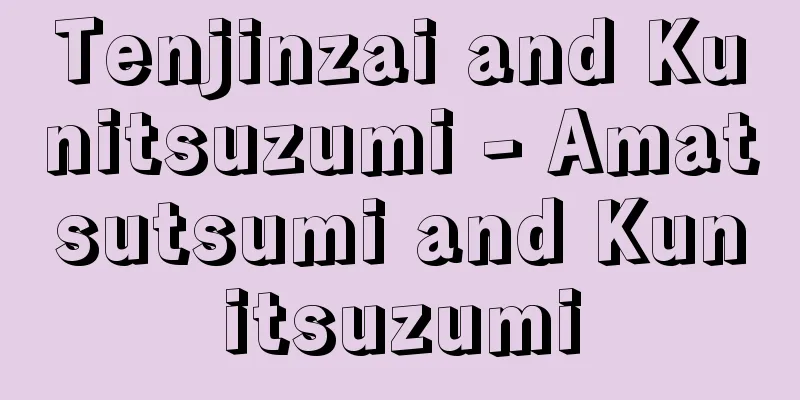
|
A general term for crimes and disasters that were to be removed by rituals in ancient Japan. The Kamiyo no Maki chapters of the Kojiki and Nihon Shoki list the various sins of Susanoo, who interfered with the agriculture and rituals of Amaterasu Omikami, and the Kojiki also mentions Emperor Chuai performing a "Great Purification of the Country" to remove the impurities caused by such sins. In the later prayer called Oharae no Kotoba, these were divided into Amatsutsuzai and Kunitsuzai. The former consisted of eight types: (1) Ahanachi (opening the banks), (2) Mizoumi (filling the ditches), (3) Hihanachi (opening the gutters), (4) Shikimaki (sowing frequently), (5) Kushizashi (piercing the gutters), (6) Ikehagi (stripping alive), (7) Sakahagi (stripping upside down), and (8) Kusohe (defecating). The latter consisted of (1) Ikihada-dachi (cutting alive skin), (2) Shinihada-dachi (cutting dead skin). The following 14 types of sins were enumerated: (1) sins against one's mother; (2) sins against one's child; (3) sins against a white person; (4) sins against a white person (lumps, warts, etc.); (5) sins against one's mother; (6) sins against one's child; (7) sins between a mother and child; (8) sins between a child and mother; (9) sins against livestock; (10) the plague of insects; (11) the plague of the Takatsu gods; (12) the plague of the Takatsu birds; (13) killing livestock; and (14) the sins of betraying animals. Source: Heibonsha World Encyclopedia, 2nd Edition Information |
|
日本古代で祭祀によって除去されるべき犯罪や災害の総称。《古事記》や《日本書紀》の神代の巻にはアマテラス(天照)大神の農耕や祭祀を妨害したスサノオ(素戔嗚)神のさまざまな罪があげられ,《古事記》の仲哀天皇の段にもそのような罪による穢(けがれ)を除去するために〈国の大祓(おおはらえ)〉をしたことがみえる。それらは後の〈大祓詞〉という祝詞(のりと)で天津罪と国津罪とに分けられ,前者としては(1)畔放(あはなち),(2)溝埋(みぞうみ),(3)樋放(ひはなち),(4)頻蒔(しきまき),(5)串刺(くしざし),(6)生剝(いけはぎ),(7)逆剝(さかはぎ),(8)屎戸(くそへ)(脱糞の意)の8種,後者としては(1)生膚断(いきはだだち),(2)死膚断(しにはだだち),(3)白人(しろひと),(4)胡久美(こくみ)(瘤(こぶ)や疣(いぼ)など),(5)己が母犯せる罪,(6)己が子犯せる罪,(7)母と子と犯せる罪,(8)子と母と犯せる罪,(9)畜(けもの)犯せる罪,(10)昆虫(はうむし)の災,(11)高津神の災,(12)高津鳥の災,(13)畜仆(たお)し,(14)蠱物(まじもの)する罪の14種が列挙されるに至った。
出典 株式会社平凡社世界大百科事典 第2版について 情報 |
<<: White-rumped swift (Amatsubume)
>>: Amatsukominato [town] - Amatsukominato
Recommend
OS - OS, OS
Optical Stabilizer. The name of Sigma's lens-s...
Proletarian Film - Proletarian Film
It is a general term for films made by the proleta...
Thatched wall
...Partition walls that can be moved even after c...
Indirect current measurement
…By adjusting the density of the buoys, it is pos...
Car-cell - Car-cell
This device uses the Kerr effect to perform high-...
Ryuko Kawabata
1885-1966 A Japanese painter from the Taisho to S...
Sagrada Familia Church - Sagrada Familia Church (English name)
This unfinished masterpiece was left behind by the...
Mr. Ueda
...In the Kamakura period, this area is known to ...
Borderline schizophrenia
These are cases that are positioned on the border ...
Bering Landbridge
This refers to the land that became land near the ...
Instrumental conditioning
...Therefore, conditioning can occur even if the ...
Iwai Kumehachi
…They were mainly active at the Misakiza Theatre ...
Golden Snake
…In 1934, he was expelled from the country due to...
Ushibeni - Ushibeni
〘Noun〙 Rouge purchased on the day of the Ox during...
Deoxyribonucleic acid
...Deoxyribonucleic acid is an abbreviation for d...

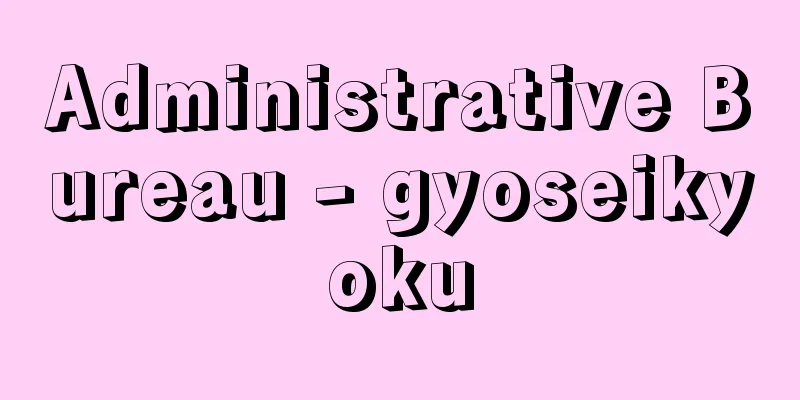


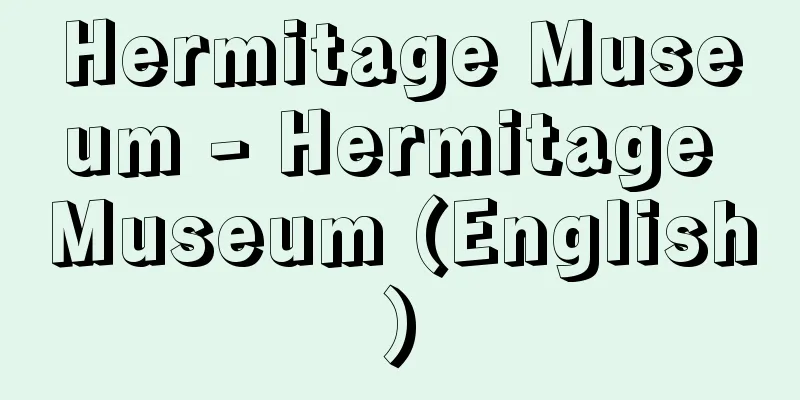

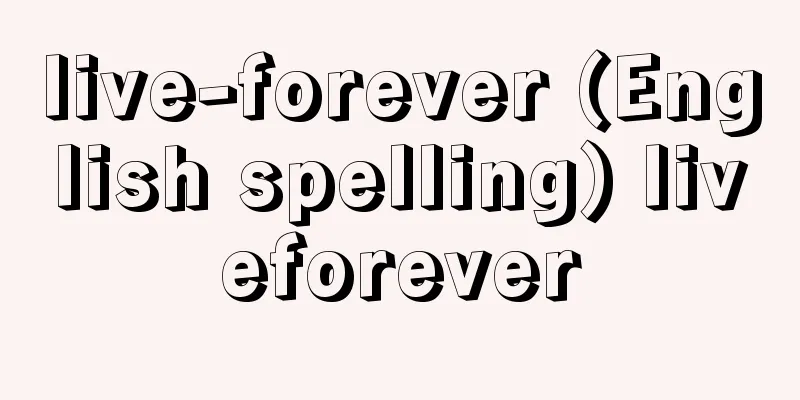
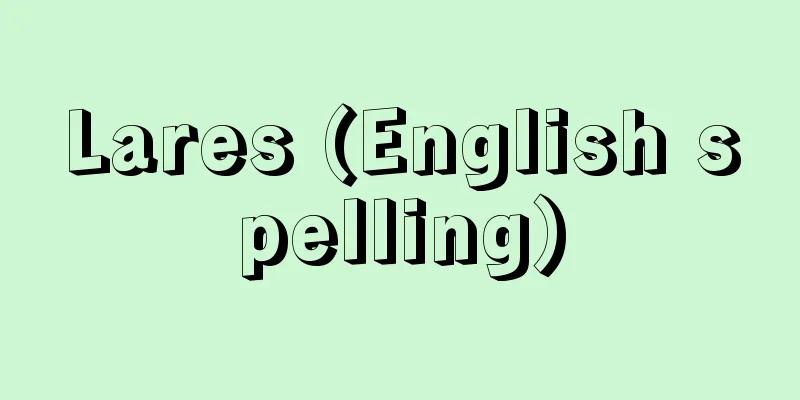
![Nishiyoshino [village] - Nishiyoshino](/upload/images/67cc6dc933162.webp)
